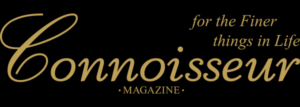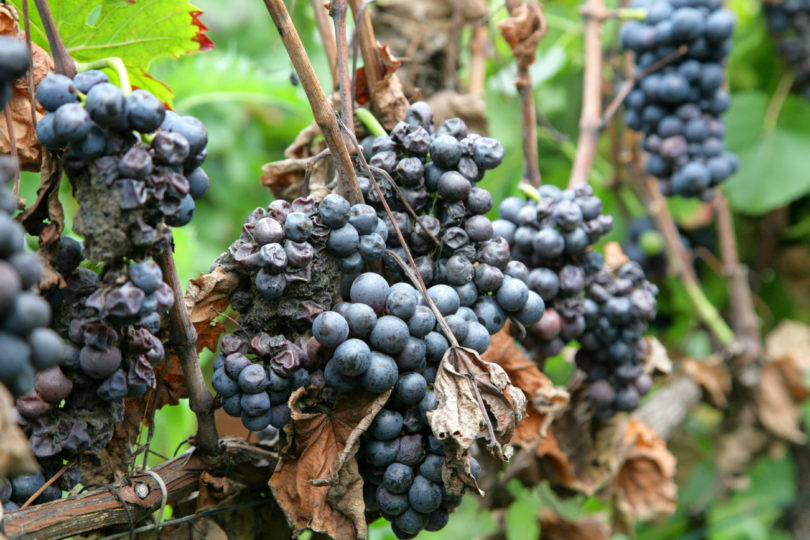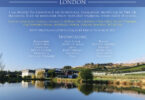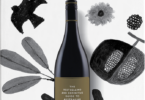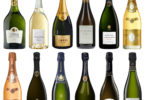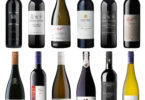Bubble, bubble, toil and trouble
Champagne’s fight against climate change intensifies
Does global warming spell certain doom for the region that has built a wine style around its cold climate? Things have hotted up in Champagne since I unravelled the climatic drama that has played out over the past 30 years in The Champagne Guide 2014–2015. The region has responded in force, and it’s time for a sequel.
The weather in Champagne has become dramatically more extreme and unpredictable over the past three decades, and this is a bigger concern for the region’s vineyards than an increase in temperature of close to 1.2 degrees Celsius. The 2016 season brought catastrophic frost, hail and rain, inflicting the most widespread devastation in history, only to be outdone by the toughest season in living memory the very next year, decimated by the worst rot Champagne has ever seen. There was rejoicing in the streets when 2018 brought record yields of clean fruit of unprecedented ripeness, but enthusiasm waned when vins clairs lacked acidity and endurance. And as The Champagne Guide 2020-2021 goes to print, the 2019 crop is just weeks away from harvest, after an all-time record late-July heatwave of 42 degrees Celsius shrivelled grapes to raisins (pictured above).
‘How can we manage and anticipate these spectacularly chaotic climatic events?’ Charles Heidsieck chef de cave Cyril Brun commented to me in dismay mid-way through the harrowing 2017 harvest.
In a region that has devoted centuries to refining its viticulture and winemaking to build ripeness and generosity – not to mention a wine style conceived in answer to cold seasons – there is much that is being done. The Champenois have rallied and launched a concerted response that encompasses everything from where, how and which grapes are grown, to the methods of vinification and even the fundamental style of the wine itself.

